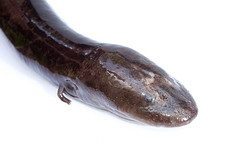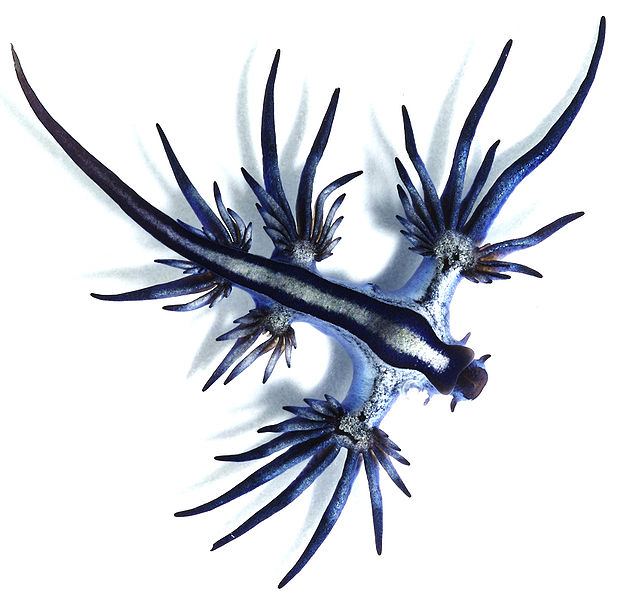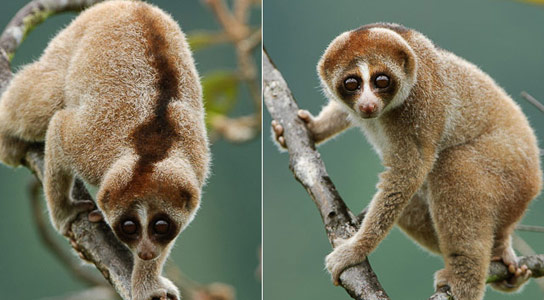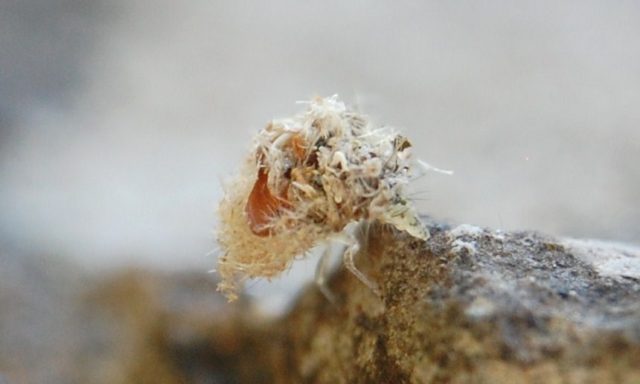Week 1st to 7th July 2013
There were quite a few correct answers for this week’s Mystery Creature!
 |
| photo credit: Emily G. Round via photopin |
It was a Harp Sponge (Chondrocladia lyra)! This deep sea sponge was only recently discovered (2012) off the coast of California . It anchors itself to the sea bed (at depths of 3,300 – 3,500 metres) with a root like structure called a rhizoid. The “harp” like structures called vanes, consist of horizontal extensions (stolons) containing a series of equidistant vertical branches. The sponge can consist of one to six vanes. Each vertical branch is covered in velcro like hooks that ensnares the sponges prey. These carnivorous creatures feed on a range of small crustaceans, engulfing the captured prey in a thin membrane that slowly digests it, breaking it down to a size that can be consumed by the sponge.




